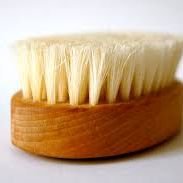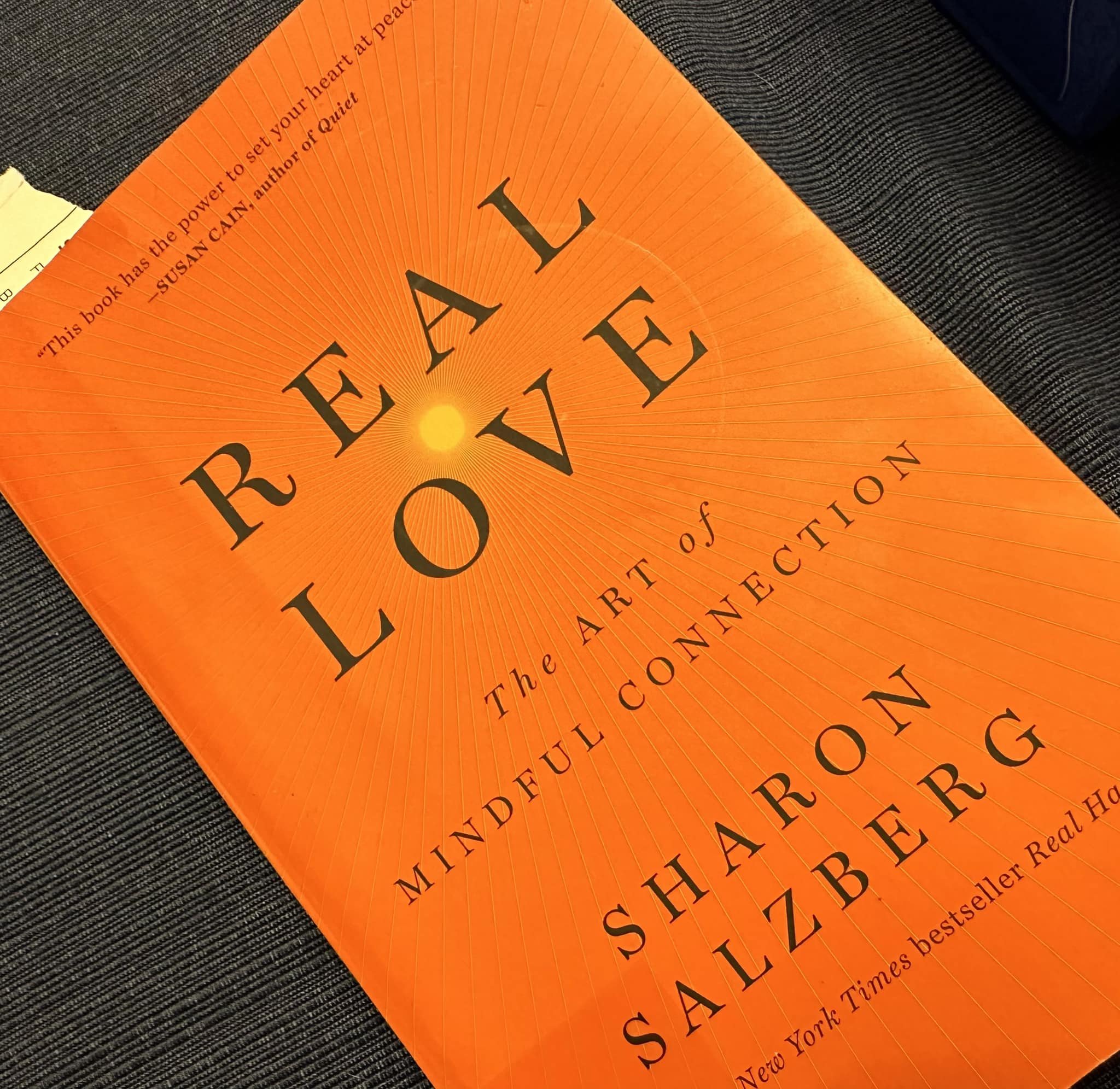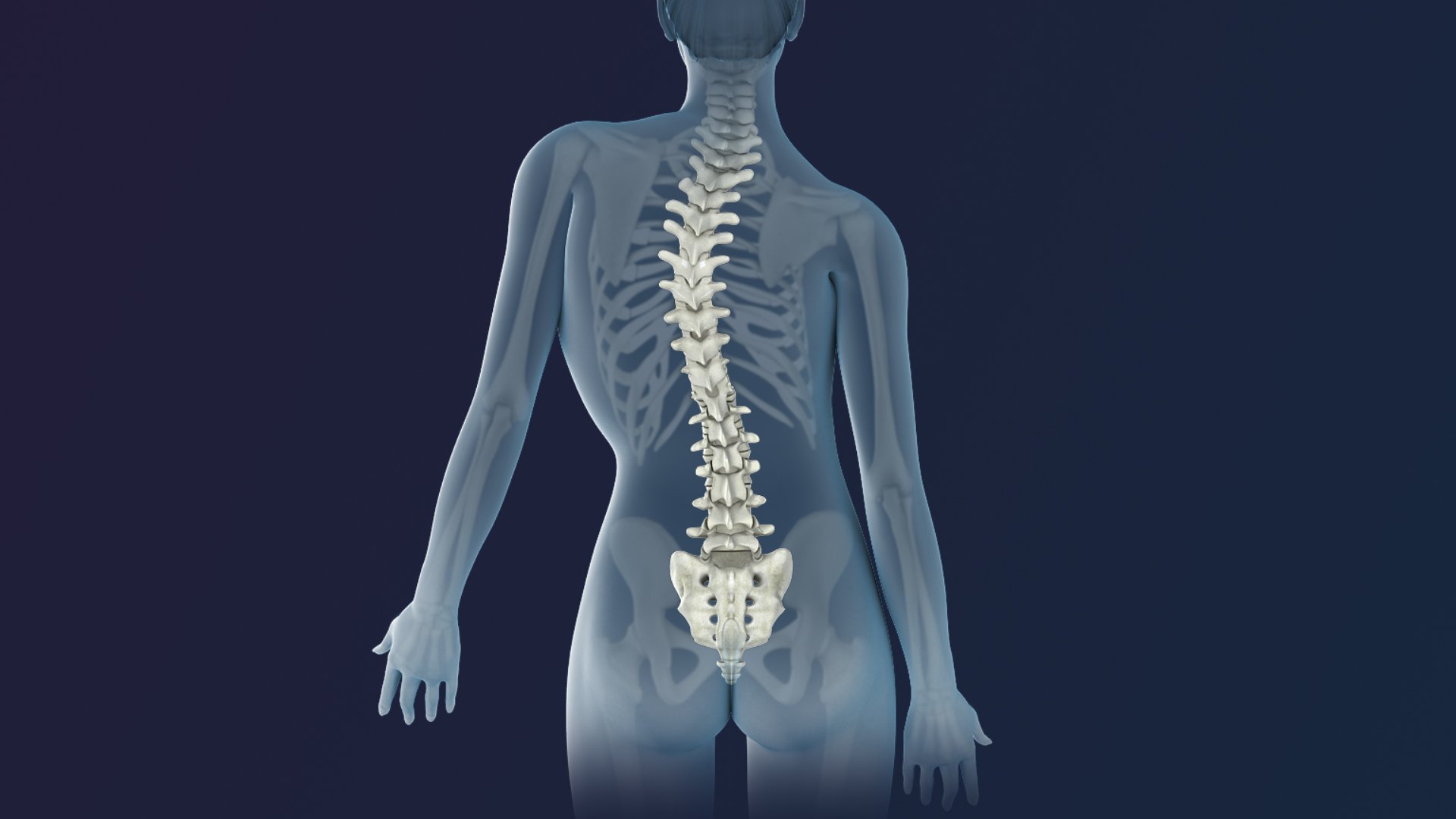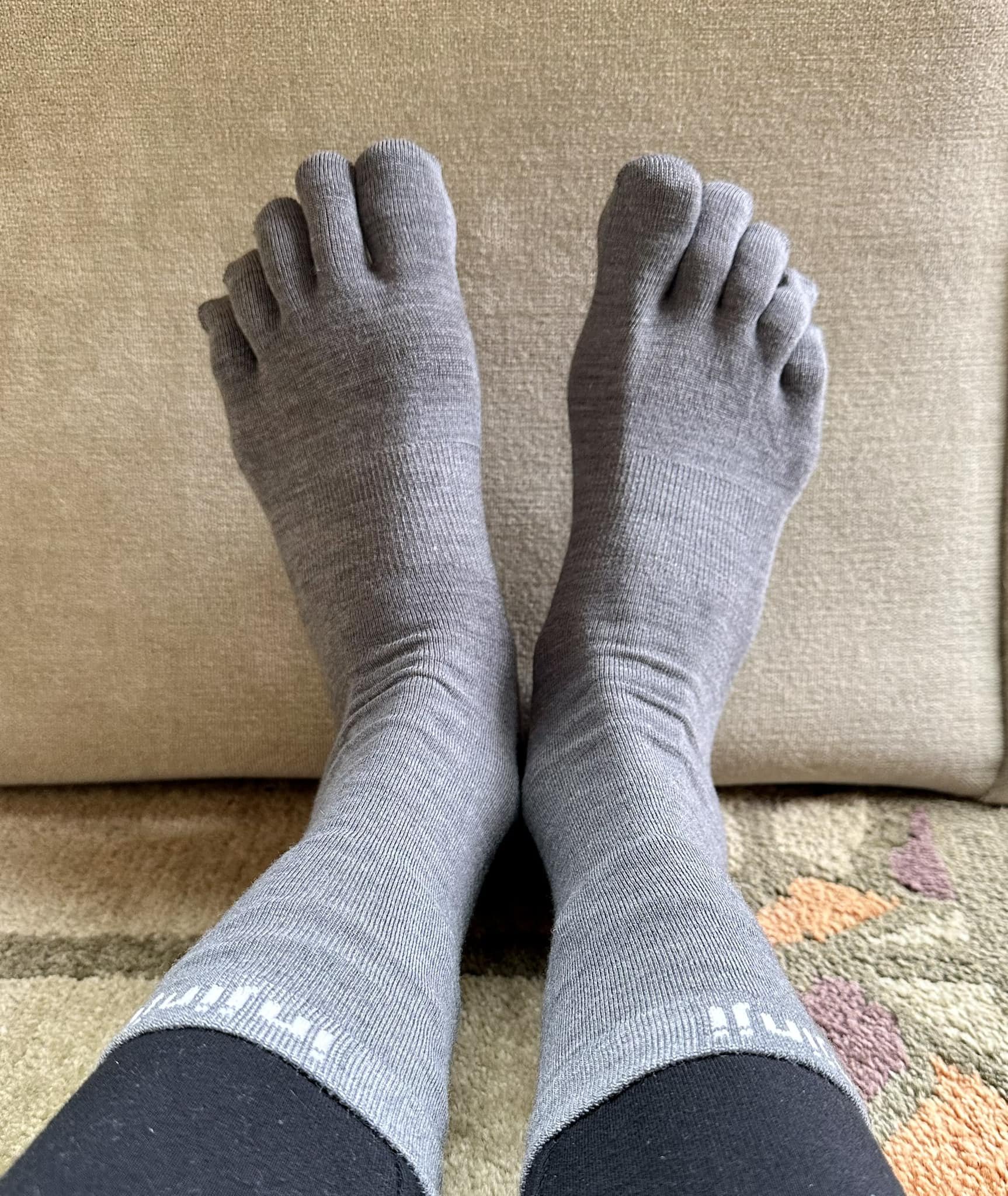What do YOU want to know about yoga and scoliosis or spinal fusion?
One of the reasons I decided to return to teaching yoga back in 2019 was to also make a commitment to myself. Sure, I could continue to do what I already knew about yoga and scoliosis, but I would be more committed to continuous learning if I were teaching students. My practice and teaching definitely evolve over time, and that's the best part of keeping that inner spark alive.
There's a saying about the ultimate form of learning is to teach. So that leads me to asking what you'd like to learn from me? No question is too small or too silly! Let me know what you'd like to learn, and I'll do my best to answer.
You know what the teacher used to always say? If you have a question, someone else has the same question, too!
What are chain reactions in the body?
It's the process of one movement triggering another movement in the body, such as the ripple effect when throwing a pebble into a pond. The same thing happens in the body when we take a movement in one part of the body, and that movement extends and expands throughout the body. However, this exaggerates when there's a limitation in one part of the body, and the brain will take the movement to another part of the body. This limitation could be due to tight hips, shoulder range of motion, hyperkyphosis, scoliosis, spinal fusion...
Why does this matter? It matters if these habitual chain reactions go on for years or decades, and eventually lead to chronic pain or postural issues.
Before I discovered a more mindful and alignment based approach to yoga, I was doing all sorts of yoga, and pretty well. I had practiced Ashtanga yoga for years, would do bird of paradise, wheel... yikes! I'm glad that I learned about what my chain reactions would lead to in my body. My biggest physical limitation is my fusion, and when I was practicing any x,y,z yoga pose, I was not taking into account that I was overburdening my unfused vertebrae. A goal of my practice is to feel good in my body, AND do what I can to prevent future surgeries.
Notice how you feel when you sit on the floor or reach your arms alongside your ears, for example. The outsider may say that your pose looks good, but ask yourself how it feels in your entire body.
The diaphragm
The diaphragm is the major muscle of respiration that sits below the lungs. Most of us are familiar with its dome shape, but did you know that it attaches to vertebrae in the lower thoracic and lumbar areas of the spine?
Breathing dysfunction can affect the whole body. When our diaphragmatic mobility decreases, we may have more tension and less mobility in the low back.
Travel body
Although I love traveling, being stuck in a seated position for too long inevitably leads to back pain, so I have to be prepared. Traveling by car allows me to bring a few more things, such as my yoga travel mat, blocks, yoga strap, massage balls, dry body brush, and Epsom salts. Even ten minutes of movement in the morning, and a few minutes at night, make a huge difference.
I ‘ll use my Yoga Tune Up massage balls to roll out my glutes, piriformis, sacrum, feet and upper trapezius. I may also did a few dog poses and handstands, and then I feel ready to conquer a new day!
Some other things that have helped have been breaking often to take our dog on short walks, staying hydrated, and meditation & yoga nidra.
How does your body respond to travel?
Our shoulders
Every time I'd get a massage, I'd tell the masseuse that my upper shoulders were tense. I thought this area being tense was unique to me until one time I was told that it was common. If you feel like your upper shoulders are tense, and your pectoral muscles are short, then you'll love Back Health class. We incorporate self massage and mobility work to feel this area in a new way.
Those of us with scoliosis, and a curve in the thoracic spine, may have uneven shoulders, a shoulder blade that wings out, or pain. Working on moving our shoulder blades on our ribcage can help with pain and keeping the shoulders healthy.
How much attention do you give your feet?
This past week I had my first reflexology session, and it was very relaxing. As we shift into spring, I’m happy to put away my winter boots, and walk barefoot more often.
Our feet are intricately interconnected to our ankles, knees, hips, pelvis, and low back. Caring for your feet can have a bigger impact on our entire body than you may realize.
This too shall pass.
How can you savor the here and now, instead of getting caught up in the emotions of the moment? It will be different for all of us, and we need to make time for the practices that resonate with us. For some people, they may need a walk in nature, meditation, yoga, comedy, cooking, playing with a pet or a child...
Savasana
Our final posture of class is called corpse pose or savasana. Savasana is not a power nap, but a time to rest your nervous system. During savasana we have a chance to practice pratyahara, which is a Sanskrit term meaning to withdraw the senses. This practice isn't easy for everyone, but it's something to practice, just like a physical pose, in order to fully enjoy its benefits of a calmer mind and body.
AWAKEN THE BACKSIDE
Our posterior chain refers to the muscles that make up the backside of our body, and are essential to our movement and stability, yet is an area that’s often overlooked. This chain spans from the soles of the feet, up the backs of the legs, the gluteus maximus, along the spine, and up to the crown of the head.
These muscles tend to be tight and weak from too much sitting, or from an imbalance in overtraining the front body. A strong posterior chain is important in overall health, keeping the body upright, and providing stability for the spine and hips. When these posterior chain muscles are weak, we can experience back pain, poor posture, or unstable balance.
Self-Care
It takes some time to figure out what helps bring you physical relief, and especially how to care for yourself in a way to not enter that zone, or have it happen less frequently.
Movement, breath, sleep, and diet are important factors to focus on when it comes to back pain. However, there's also small actions we can take, such as daily dry brushing, which are essentially free and just take a couple minutes.
About fifteen years ago, a holistic endocrinologist suggested that I try body brushing with a natural bristle brush. I thought I was supposed to almost scrub my skin, which didn't feel good. I never kept up the practice.
When I was pregnant, my stretched skin would feel itchy, and I found a lot of relief from gentle body brushing. Since my pregnancy, I've been dry brushing daily. This practice just felt good to me, and I didn't realize that it had other health benefits.
The dry brushing action stimulates circulation of blood and lymph, which is good for circulation. Dry brushing also stimulates the nerve endings in our skin, which is incredibly important in areas that are not getting the necessary stimulation to stay healthy, such as a painful area we aren't moving. The practice is soothing and may relieve pain for some people.
I do a soft dry brushing before getting in the shower, and prefer my brush with a long handle. I love the habit so much that I also have a smaller brush to take with me when I travel. I may have even brought it camping last summer.
Some added bonuses are the exfoliation for softer skin and a lift in energy.
Try out this self-massage technique and let me know what you think.
Compassion Muscle
I've been reading Sharon Salzburg's book Real Love. She talks about the compassion muscle, which is a muscle we exercise when we treat ourselves with compassion. Treating ourselves with self-compassion changes our mental and physical chemistry, whereas self-criticism triggers a cascade of responses in the body that result in the flight-or-fight response.
I love Sharon's simple starting place, which is mindfulness. Simply sitting quietly and focusing on the breath is going to create the space for you to relate to yourself with compassion.
We can read books, but have to put these practices into place. A yoga practice gives us many opportunities to flex our compassion muscle.
What is scoliosis?
Scoliosis is a sideways curvature of the spine with vertebral (the small bones that form the spine) rotation, which is visible from the ribs moving. Most cases of scoliosis are idiopathic, which means that there is no definite cause.
The human body is intelligent and learns how to compensate for scoliosis by moving into the path of least resistance. That path will be into the scoliotic curve pattern and rotation, which will bring the body further out of balanced alignment.
Yoga isn't going to cure scoliosis or straighten the spine. However, keeping the back strong and moving while keeping your curve patterns in consideration may help the curves to not progress. Your back muscles may look and feel more balanced. Yoga also teaches us many approaches that are helpful in managing discomfort or pain.
There's so much more to mention and learn about, such as the importance of the breath and the nervous system. If you have scoliosis, and possibly a spinal fusion, I highly recommend coming to my upcoming 4-class series to learn more about caring for your back.
Don’t look down
We all know about tech neck, which is a forward head posture while looking at our phone or other devices. Spending so many hours in this forward head position can cause pain in the neck and shoulders.
A consequence of some long spinal fusions is a loss of spinal curves that are not fused. I saw my cervical X-ray a few years ago after looking into TOS (thoracic outlet syndrome), and I have lost my normal lordotic cervical curve.
What do I do? I try to not look down at screens, but lift them to eye level. I use voice to text when I can in order to not have to look at my phone. I support my neck when I'm resting on my back, and I've recently included more cervical support by using a blanketed pool noodle under my cervical spine. And, as pictured, I bring my book to eye level, instead of reading from a book in my lap.
Hello, beautiful!
What do you need to hear today?
What colors do you need in your life today?.
What do you need to feel today?
High heels
The heel is considered the other end of the hip, and if you don't believe this, wear high heels for a day to feel how connected you are.
Look what Santa left in my stocking!
It seems fairly obvious that our footwear affects the health of our back, and really so many more areas of the body. High heels and flimsy shoes are obviously not helpful, but neither are most shoes that squeeze the toe box.
However, socks can also squeeze those little piggies together. Our socks and footwear need to allow our feet to move naturally. Walking around with cinder blocks on our feet, basically feet and shoes that don't move, are only going to lead to weak feet, which can result in pain along many pathways up the body.
Vertebral discs
We all know that staying hydrated is important, but simply drinking water isn't enough for optimal hydration of our vertebral discs. These discs are important for cushioning, so our vertebrae don't rub against each other. Our spine needs movement to keep the discs healthy by encouraging an exchange of fluids that distribute nourishment.
Yoga is a great way to get back to exercise because you can take it at your own pace if you have stiffness, chronic pain, or poor postural habits.
Thank you for the support
I'm wishing all my friends and students a heartfelt thanks for their support this past year. I took some years off teaching yoga, because the types of classes I was asked to teach didn't resonate with me. When Yoga by the Bay - New Jersey was thinking of opening Align Yoga & Strength, she asked me to teach. She let me choose what and how I'd teach, and I truly appreciate the trust and confidence that she had in me.
This past year I have taught kids, teens, and adults up to their late 70's. I've worked more with one-on-one students privately, which provides a different challenge to tailor a practice that fits an individual’s needs. I truly love these challenges, and feel completely different about teaching yoga nowadays.
I look forward to the coming year, and the opportunities to learn more in order to serve myself and my students.
Some of you may have a break from your regular schedule next week, which may mean coming to class and saying hi! I'm sure I'll see some teachers who haven't been to my morning class since the summer, and maybe a new face or two.




















